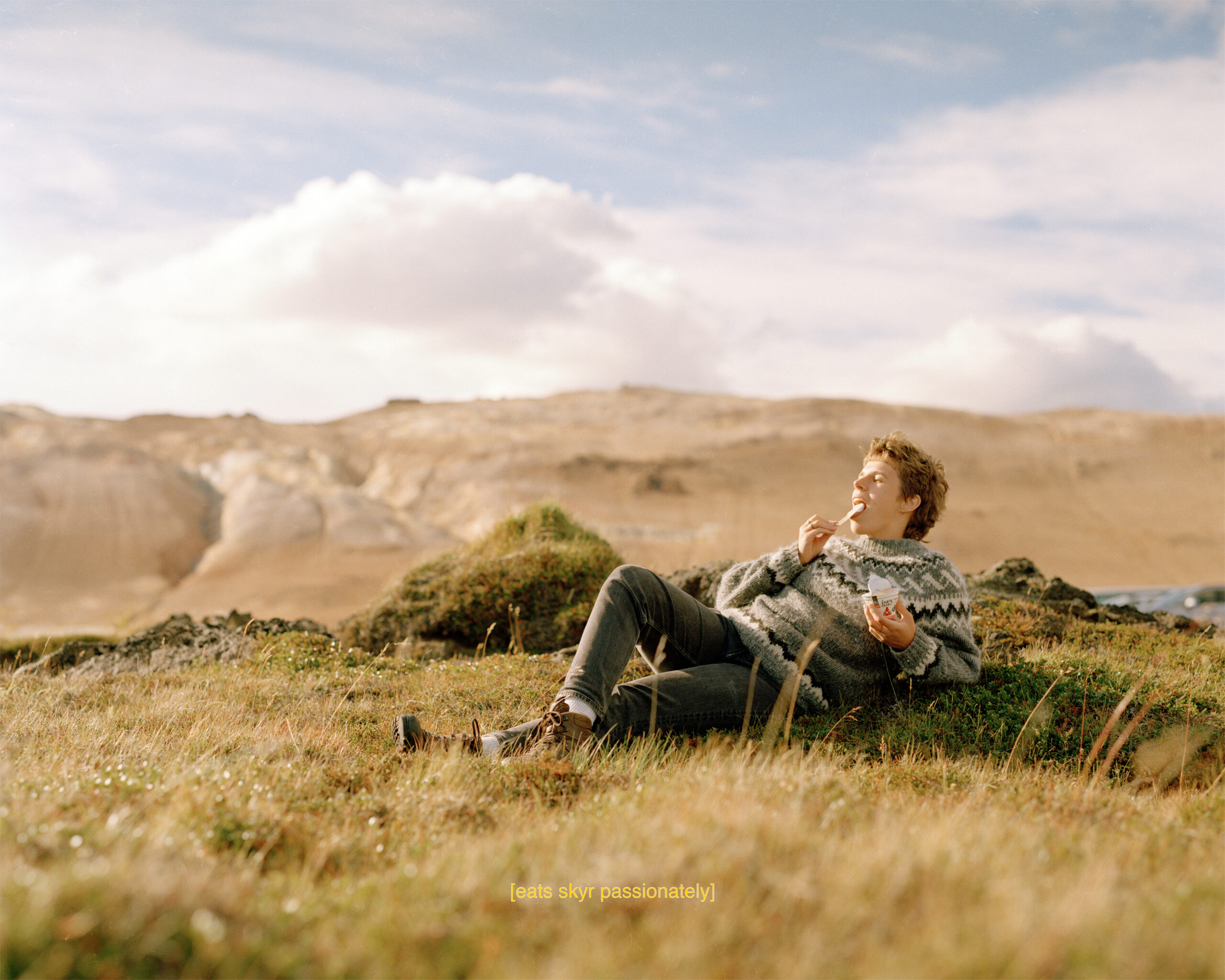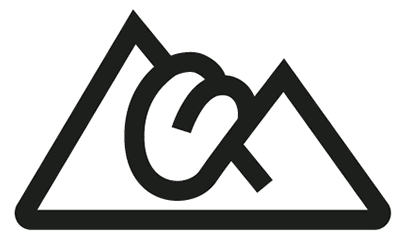(written around February 18th, 2022)
Today we meet as teacher and student(s). We, hungry for more information, opened our mouths to the indescribable taste. Not many have consensually eaten Earth before. Putting a chunk of clay into one’s mouth challenged the tasting method, enforcing more intention on the seemingly similar nuances.
“Have you ever eaten Earth? Enter at your own risk.”
I HAVE NO TASTEBUDS
76.85 percent of my personality assumes that I have good tastebuds. I trust them so much that I got them involved in my artistic practice, yet I cannot tell apart the chalk from rural Ukraine and the one from the shores of England. (Upon further reflection, I remember the Ukrainian chalk tasting smoother and more pleasant.) The rest seemed hardly different from each other. I found myself to be most attracted to pink and red clays. The majority I have eaten were white. There was one Indian baked clay that looked like blue cheese gone punk. I like its black (goth) embellishments and smokey taste.
Taste < Texture
Tiny clay grains could easily travel down a river, not always assimilated by size. Surprisingly fizzy.
Two discussions were happening: One about food safety and the other about cyclicality. From dust we rise, to dust we return. Of course, this is a rather romantic notion: I would consider myself a hydrofeminist , and water being the interconnective carrier seems attractive. Here, however (and very naturally), the idea of earth/clay(/perhaps even Gaya) became the main connector between (living) matter. A while ago, I encountered the thought of food consumption as a method of reincarnation. Based on what I have heard today, this ritualistic outlook is connected to earth consumption on a large scale. Food, however, being a more mundane subject, is not viewed through a similar-looking class. Cells communicate with the molecules within their proximity.
One of the dangers of eating Earth (as pointed out by masharu, as well) would be the cause of mineral deficiency when consuming too much. Osmosis is a powerful tool. Our blood is a saline solution, a carrier of minerals, all bound together with water.
During a lunch break, it is easy to become critical of tasting unpasteurized clay with living organisms still buried within & consequently proceeding to take a bite of a supermarket sandwich. Hypocrisy is splendid, and our one-dimensional way of food perception is marvellous.
Perhaps the biggest lesson I could take away from today would be a critical view of western food culture. 100 grams of purified edible clay is being sold for 10€. EU bans on using the word “edible” while describing clay while openly selling foodstuffs with skyrocketing amounts of sugar is pure ridicule. Sitting down with a group of strangers eating “inorganic” matter (as my chemistry teacher in primary school would describe it) arose a strange feeling of open doors towards completely new nooks and crannies of the (in)edible surrounding world.
Everything is edible, some things just once.
(written on 5th of March, 2023)
Going into this project week, I had no idea how influential it would become on my artistic practice. Over a year later, I still reminisce over the magical experiences masharu and the whole group mediated. Lately, I have been thinking about the story and act of becoming, how food and the things people eat play with the ideas of becoming a part of an environment (I have been eating a tremendous amount of Icelandic diary in the form of Skyr as an attempt to become Iceland). The realisation and dynamics I nowadays maintain with my practice and environment have a tangible origin within this workshop.


